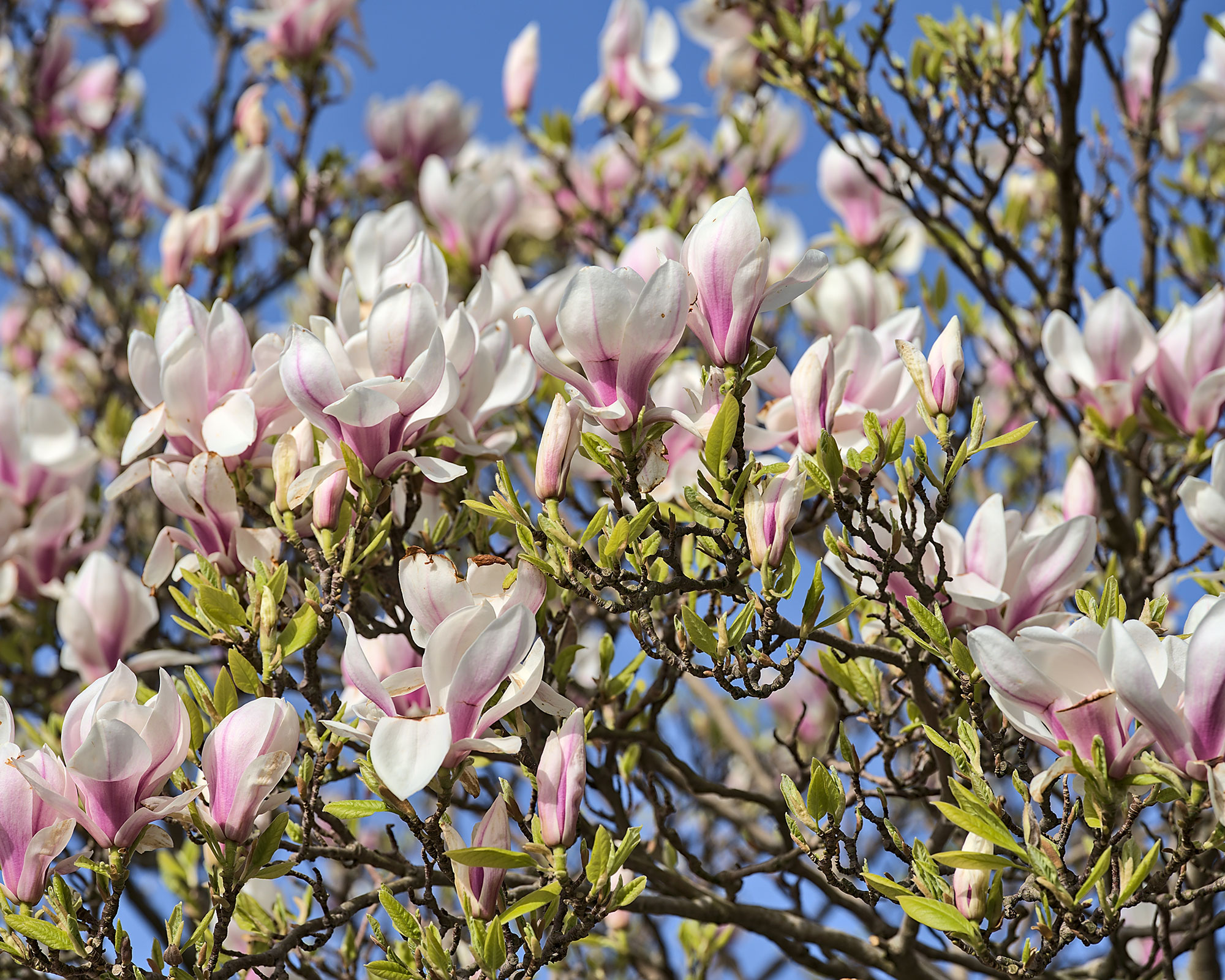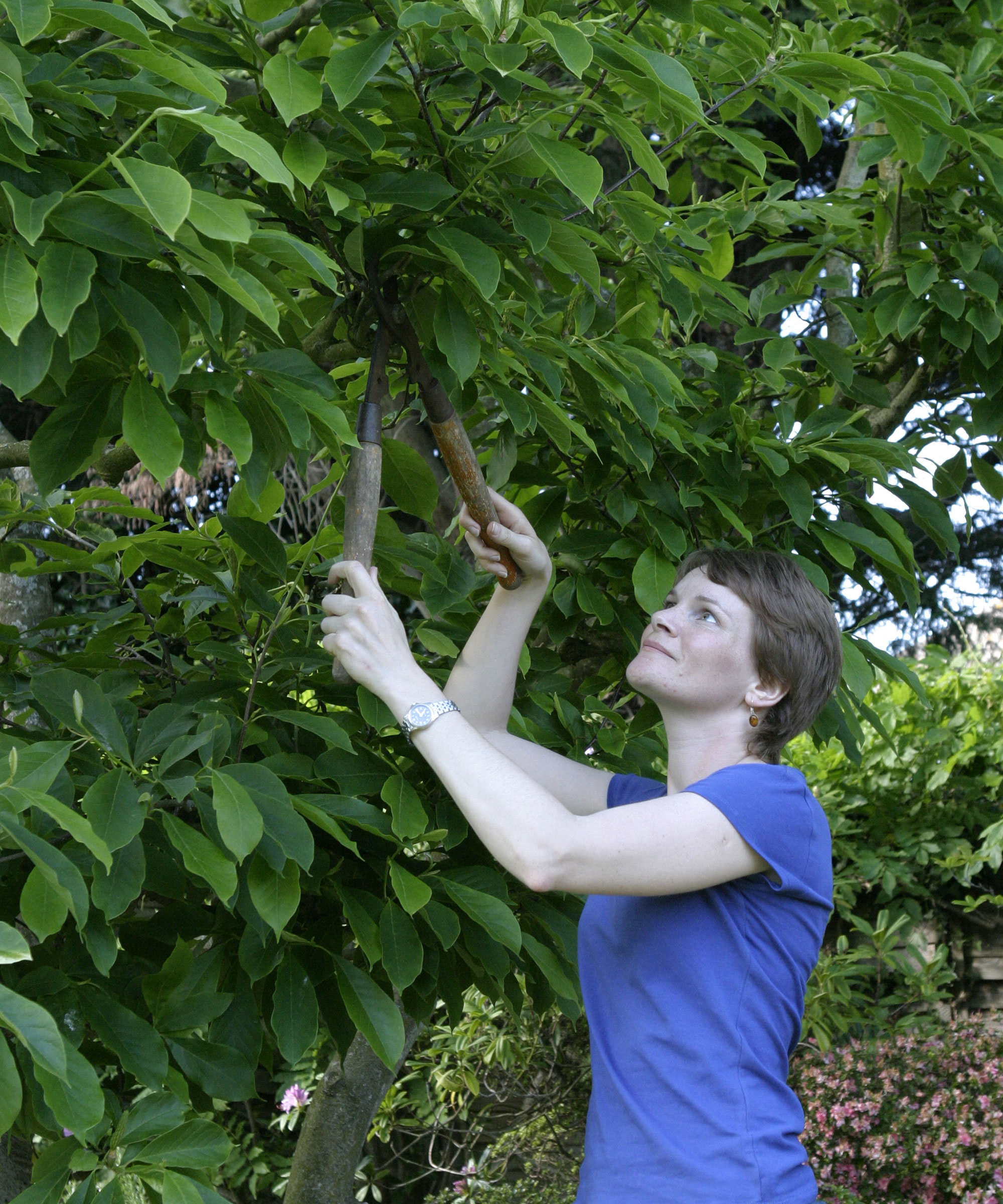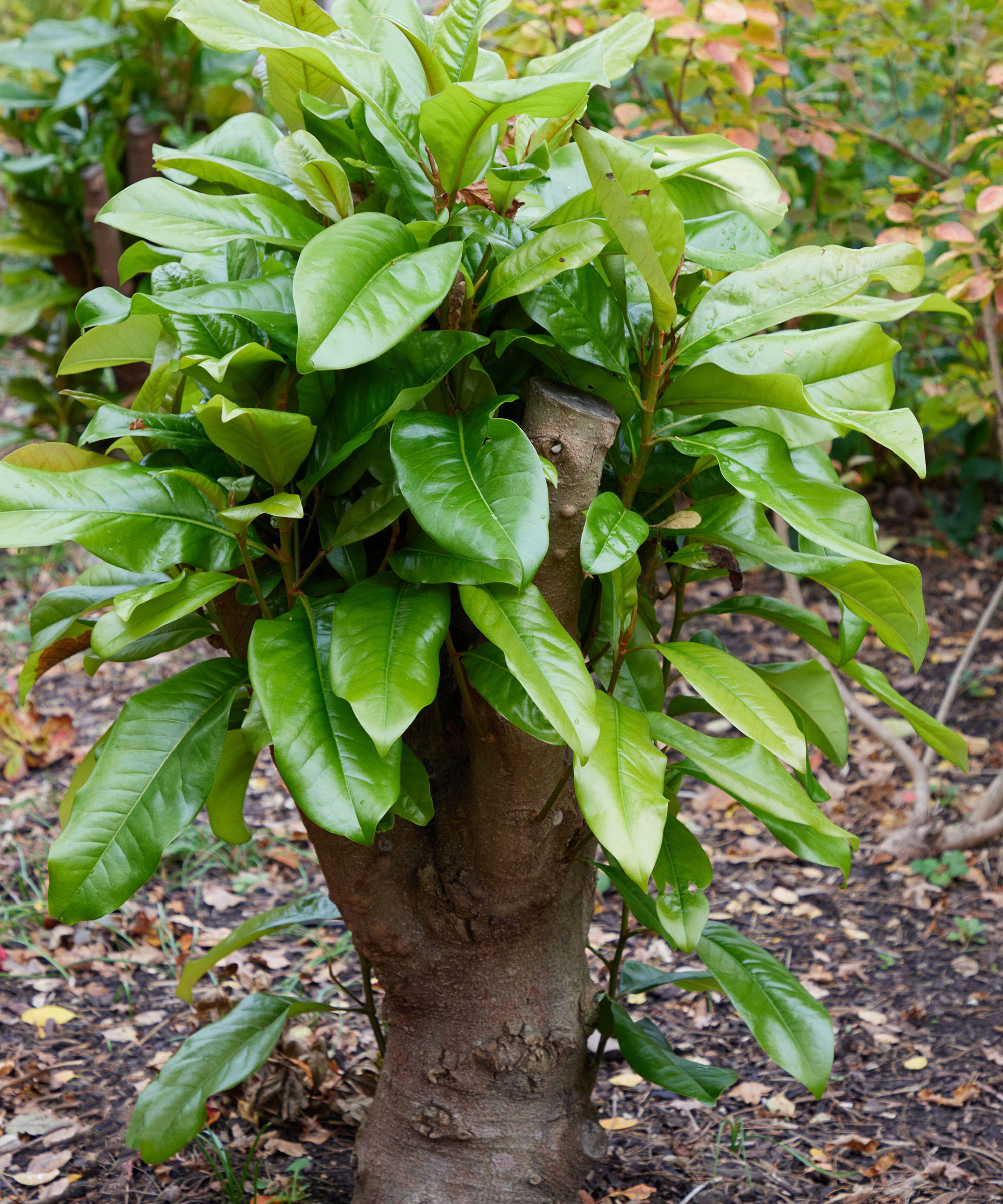How to prune a magnolia tree: a simple step-by-step guide
Find out how to prune a magnolia tree or bush so that it looks elegant and flowers prolifically year after year


Learning how to prune a magnolia tree can help you to keep it in good shape so that it flowers well for many years to come.
The good news is that magnolias don't tend to need much pruning. In fact I am sure that many magnolia trees grow perfectly well and develop into fine specimens with no pruning at all. But if growth becomes unbalanced, or if branches are damaged in a storm, or if branches start rubbing against each other wearing away the bark so that rots set in, or if new growth ruins the shape – then something needs to be done.
Also, when you pick out your own new magnolia at the nursery you will be sure to take home a well-shaped plant. Mail order arrivals, however, may need a little pruning to improve their balance at a young age.
How to prune a magnolia tree – young magnolia trees and bushes
Before learning how to plant a magnolia tree, it's always a good idea to stand back and take a look at your new magnolia, to assess whether or not it needs pruning before putting it in the ground.
- Check that the vertical leader on tree types has not split in two. If it has, cut out the weaker of the two shoots.
- If any shoots are been damaged on the way from the nursery, snip them off with your best pruning shears (or if you’re in the UK you might call them secateurs). Follow the branch back to the next healthy side branch and snip there.
- Check for branches that are rubbing against each other, and snip out the weakest.
- If any are much longer than the rest, and stick out, follow the branch back to the next side branch and cut there.
How to prune a mature magnolia tree
Mature magnolia trees typically develop a naturally even and elegant shape without any pruning at all. They usually only need pruning if they are damaged in a storm or if they are outgrowing their space.
Remember that tall trees and even mature shrubs can be difficult to work on – especially if you need to use a chainsaw. So unless you are experienced at this sort of work, or can do the job comfortably from a regular folding step ladder, hire a qualified arborist to do the work for you, rather than attempting to learn how to prune a magnolia tree yourself.
- When considering how to prune a magnolia tree, you need to bear in mind that early summer is the best time to prune deciduous magnolias, while spring is the best time for evergreen magnolias.
- The same principles apply as for tidying up a new purchase. Cut off damaged branches just in front of the next healthy branch closer to the center.
- If any branches protrude from the basic shape, give them the same treatment. Do not simply shear all round the plant as if you were cutting a hedge with a hedge trimmer.
- If you need to let more light in to the area underneath the tree you can remove the lowest branches at the trunk.
- Maturing magnolias sometimes throw up exceptionally vigorous vertical growth which, if left in place completely distorts the shape of the tree. Cut them off at the source.

When is the best time to prune a magnolia?
- Deciduous magnolias: Minor pruning of deciduous magnolias, to deal with damage or correct their shape, is best carried out soon after flowering, in early summer.
- Evergreen magnolias: With evergreen magnolias, pruning as the plants are just starting into growth in spring is the best time, so make sure you add this to your list of spring garden jobs.
If a dramatic rejuvenation is necessary, cutting back very hard to significantly reduce the size of the plant, do so in spring as growth is beginning.

How do you prune a neglected magnolia?
Your magnolia may have been neglected, but that does not necessarily mean that it needs drastic treatment. It may be that maintenance pruning – removal of dead growth, branches rubbing together and branches that disrupt the elegant shape is all that’s needed.
However, if more drastic treatment really is necessary, magnolias will shoot from quite thick branches and even from a stump.
One thing worth knowing about how to prune a magnolia tree is that both evergreen and deciduous types can be cut back hard – or even to a stump – as the buds are bursting in spring. However, think carefully about applying this treatment to single stemmed magnolia trees as it will prove very hard to replicate their natural shape. This approach works much better with bushy magnolias.
Also, pruning large shrubs, and especially large trees, is a task for a skilled arborist who will have the training and the equipment to do a good job – not to mention insurance in case something goes wrong. It is a mistake to be overambitious, whether that's with pink magnolias, or any other type or color of magnolia tree.

My magnolia has tall straight shoots growing from below ground at the base of the trunk. Should I cut them off?
Some magnolias are very difficult for nurseries to propagate by rooting cuttings so they are propagated by grafting the named variety on to a seedling of a different species, the rootstock. But the rootstock can sometimes throw up shoots that are not only entirely different from the variety you want to grow, but are so vigorous that they start to take over.
Remove them by scraping away soil to reveal where they emerge from the root, and cutting them off close.

Graham Rice is a garden writer who has won awards for his work online, and in books and magazines, on both sides of the Atlantic. He is a member of a number of Royal Horticultural Society committees and the recipient of the 2021 Garden Media Guild Lifetime Achievement Award.
